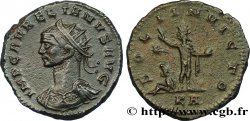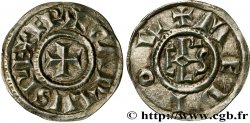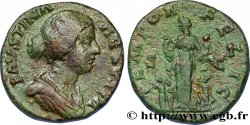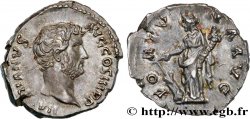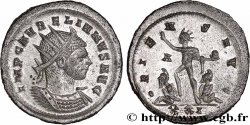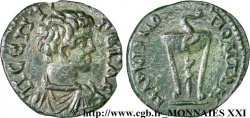Back 1/1
brm_704151 - AURELIAN Aurelianus
Not available.
Item sold on our e-shop (2022)
Price : 70.00 €
Item sold on our e-shop (2022)
Price : 70.00 €
Type : Aurelianus
Date: début - été
Date: 275
Mint name / Town : Cyzicus
Metal : billon
Millesimal fineness : 50 ‰
Diameter : 22,5 mm
Orientation dies : 12 h.
Weight : 4,32 g.
Rarity : R1
Officine: 2e
Coments on the condition:
Flan ovale, épais, centré. Joli revers. Usure régulière. Patine foncée
Catalogue references :
Obverse
Obverse legend : IMP AVRELIANVS AVG.
Obverse description : Buste radié et cuirassé d’Aurélien, à droite drapé sur l’épaule, vu de trois quarts en avant (B01).
Obverse translation : “Imperator Aurelianus Augustus”, (L’empereur Aurélien auguste).
Reverse
Reverse legend : RESTITVTOR EX-ERCITI/ B// XXI.
Reverse description : Mars casqué, en habit militaire, debout à droite, tenant une lance de la main gauche et tendant un globe de la droite à Aurélien lauré, en habit militaire, debout à gauche, tendant la main droite et tenant une haste de la gauche.
Reverse translation : “Restitutor Exerciti”, (Le Restaurateur de l’Armée).








 Report a mistake
Report a mistake Print the page
Print the page Share my selection
Share my selection Ask a question
Ask a question Consign / sell
Consign / sell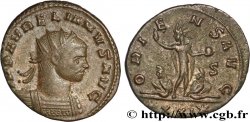
 Full data
Full data